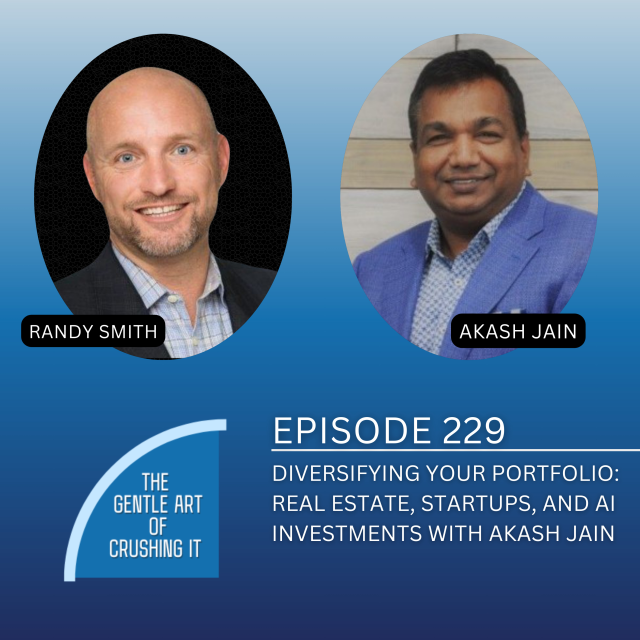With the new year just around the corner, the buzz around goal setting and new year’s resolutions has started to increase as it does every year. Many people will set goals only to look back in a short time with disgust about how few of them are accomplished or even remembered. In the following paragraphs, I’ll walk you through my goal setting process and more importantly, my process to stay on track and achieve a large majority of them.
1. Goal Setting Date with the Wifey
My wife and I have a tradition that we’ve followed each of our 8 amazing years of marriage. We schedule a full day between Christmas and New Year’s to dedicate to our goal setting session, and we come prepared for a long, intense session to help curate the year ahead. It’s not uncommon for pajamas to be the dress code and leftovers to be the sole items on the menu for this date.
2. G-Day Arrives (That’s Goal Day for those of you not following along)
We usually start the day with a quick gratitude inventory over the previous years’ accomplishments followed by a meditation session to bring the subconscious into the activity. Next, we brainstorm things we’d like to do or accomplish in all our life areas including spiritual, family, marriage, professional growth, finances, health, and career/business. Once the list is completed, we categorize each entry into 1-, 3-, 5-, or 10-year targets and circle our top three in each life area/time-period.
3. Add Rocket Fuel to Your Goals
Emotion and repeated action drive results when it comes to accomplishing goals so this next step is critical to your success: We write out what our life will look like, the things we will have, the people we will have helped, and the emotions we will feel if we achieve all our goals. Be as specific as possible and pay close attention to the details. This might sound a little goofy, but I can’t stress the importance of this piece of the process enough. Finally, read what you’ve written down with a ton of energy and excitement and record it, so you have it to listen throughout the year and beyond. Listening to your goal session from 5-6 years ago can really be an exciting process.
4. Revisit Your Goals Regularly
The final piece to the puzzle is revisiting your goals and adjusting on a regular basis. I like to put all my goals into a PowerPoint file and hang them in a picture frame next to my desk where I will see them daily. I also like to have a small version of the same file in my journal that I can reference each morning while I am setting my intention and targets for the day, and I try to listen to my recording from above at least once a week as well. If my goals change throughout the year, I adjust all these tools to help make sure I am intentional with my goal journey throughout the year.
Writing all your goals is really the easy part of this process, but a decision without action is just a dream. Be sure to build a process where you go back and revisit your goals regularly as this is what I’ve found to have the biggest impact. I hope some of these tools and ideas I’ve shared with you above will help you make next year one of the best years of your life.





